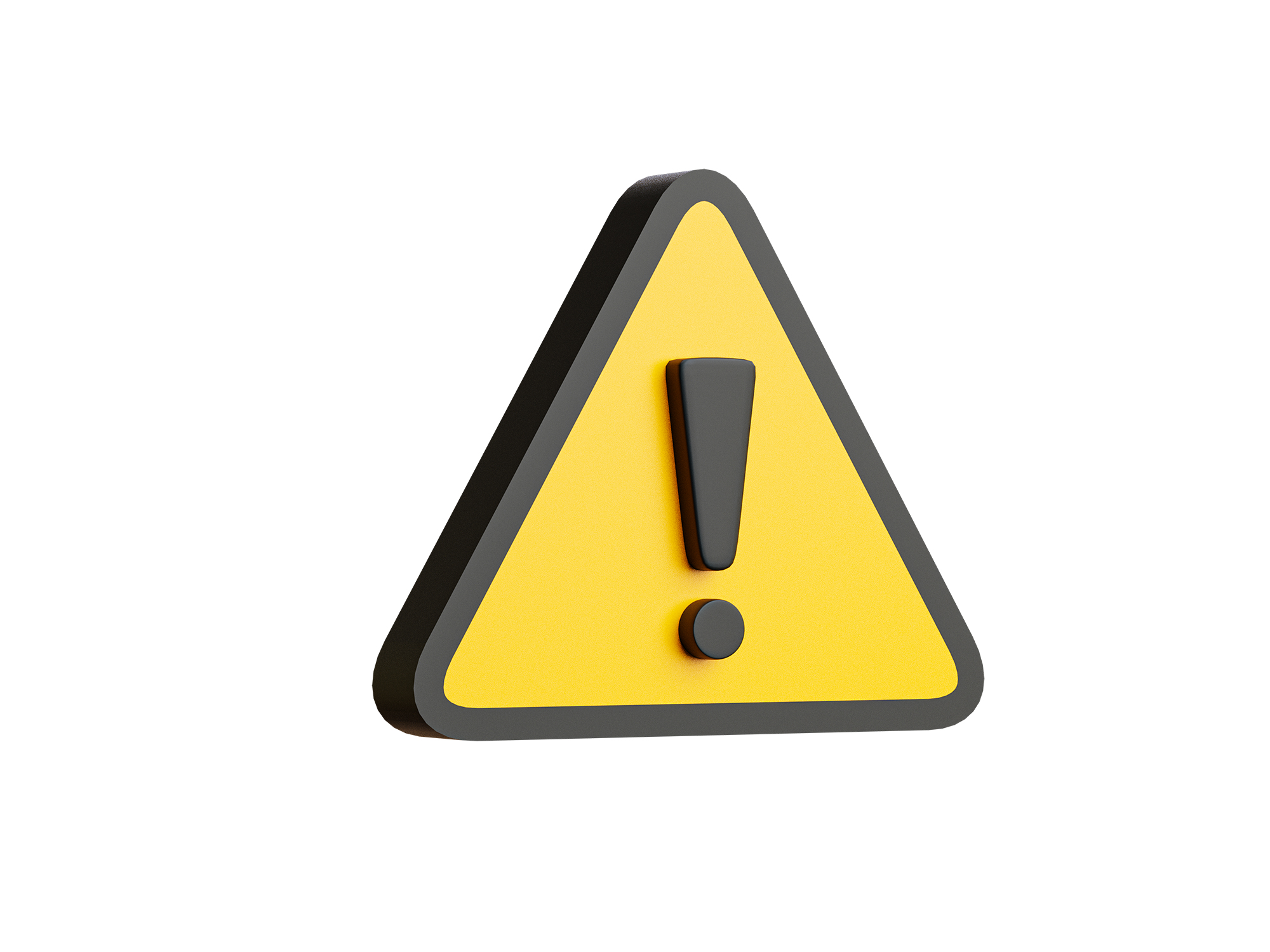

In order to obtain the ADR certificate, the conditions in the regulation must be met. However, these conditions vary according to the nature of the dangerous substance carried.The personnel who fulfill the conditions required by the class in which the dangerous substance is located and take part in each stage must have various documents such as training and qualification certificates.
In order to obtain the ADR certificate, the conditions in the regulation must be met. However, these conditions vary according to the nature of the dangerous substance carried. The personnel who fulfill the conditions required by the class in which the dangerous substance is located and take part in each stage must have various documents such as training and qualification certificates.
When we look at who can get ADR certificate and who can get ADR certificate, according to the European Agreement and the regulation published in the Official Gazette, all public or private organizations that carry out international dangerous goods transportation and have the license to do so must obtain the ADR certificate.
At the same time, when the validity of the received document expires, the necessary inspections must be carried out and the documents must be updated. Otherwise, public or private organizations cannot transport dangerous goods and flammable materials, even if they have received ADR certificate before.
Why do vehicles use ADR, can dangerous goods be transported only by tankers?
You can find answers to various questions such as; What does ADR stand for and what is T9 document?
Consultancy Training for ADR Certificate
An effective consultancy service for dangerous goods transportation or transportation documents is very beneficial for organizations. With the process of obtaining the ADR certificate, private or public institutions can get help from a consultancy.
This makes the process go faster. You need to go through an effective training process in order to be able to fulfill the ADR provisions, which include the terms related to the equipment, which are included in the process from loading the goods to the vehicles and delivering them. For this reason, you can get ADR certification process, consultancy and training services and make this process easier for yourself.
When looking at what tanker means, dangerous goods are divided into different categories. For this reason, the transported goods must be transported by different vehicle types. Tanker is one of the vehicles carrying dangerous goods.
The purpose of using ADR for tankers is to be durable and have large volumes. Tanks are produced by traceable certified welders. It passes 100% pressure, tightness, radiography and functionality tests and can carry dangerous goods with T9 certificate and radioactive transport document.
These substances are not only transported by tanker. Hazardous substances are categorized. Substances in different classes are transported in vehicles according to their classes.
Tankers are just one of them. For example, an EXII class explosive substance must be transported in a completely closed case and in a vehicle whose internal structure is manufactured with a material and assembly that complies with ADR requirements.There are different dangerous goods transport vehicles such as containers, tanks, tankers, IBCs.
The question of what ADR stands for is asked by many. It consists of the initials of the words in the French name in the original of the contract. The abbreviation in its original language is “Accord européen relative au transport international des marchandises Dangereuses par Route”. Its Turkish equivalent is the European Convention on the Carriage of Dangerous Goods on International Roads.
The document showing that it meets the ADR section 9 requirement together with the tank section in a vehicle carrying dangerous goods is called T9 Certificate. In accordance with the ADR legislation, the T9 certificate can only be issued by the authorized institution in the country where the vehicle is registered.
In Chapter 9, it is checked whether the chassis, brake, electrical and mechanical connection points of the vehicle’s undercarriage comply with the legislation. T9 certificate is issued on behalf of the operator. The validity period of the certificate is 1 year. After the checks to be made every year, the document is visaed, renewed or cancelled.